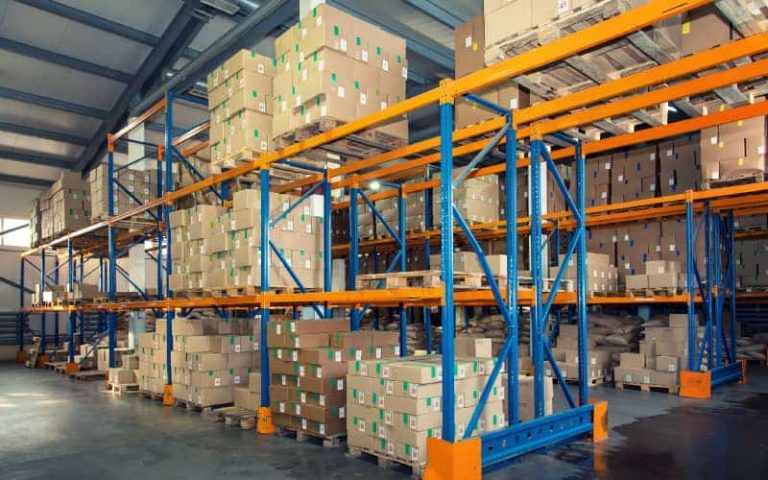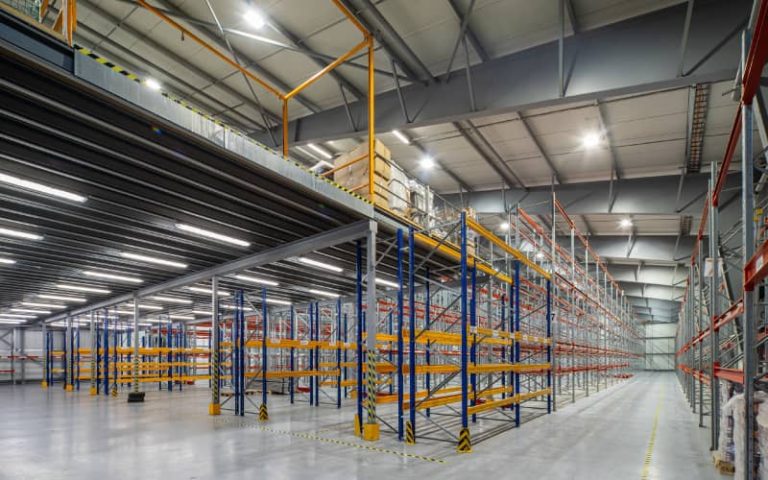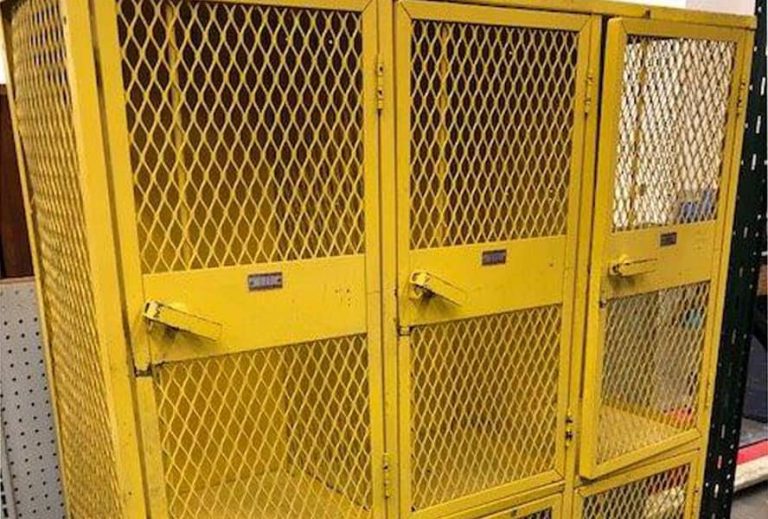A regional distribution center was battling daily chaos. Forklifts zigzagging across the warehouse floor, workers struggling to find inventory buried deep in poorly labeled racks, and customer orders missing delivery deadlines. The warehouse manager, already short-staffed, watched costs balloon as errors mounted and throughput lagged.
Sigh.
Unfortunately, situations like these are all too common, eating into profits and slimming margins. An automated pallet warehouse system can change all that. It’s not uncommon to increase storage density by 50% or more while creating dramatic improvements in order accuracy and reducing labor costs.
With rising order volumes and shorter-than-ever delivery windows, logistics and warehouse operators are turning to automated warehouse storage systems to meet modern demands.
What Is an Automated Pallet Warehouse?
An automated pallet warehouse uses robotics, software, and mechanical systems to automate the storage, movement, and retrieval of palletized goods.
Rather than relying on manual forklifts and human pickers, these systems handle pallets with a combination of automated storage and retrieval systems (AS/RS), conveyor lines, and integrated warehouse management systems (WMS).
These technologies work together to reduce the need for labor in high-volume tasks. Pallets are scanned, slotted into optimal locations based on velocity or size, and retrieved by machines with speed and precision.
How Automated Warehouse Storage Systems Work
Automated warehouse storage systems are designed to maximize efficiency, space, and control.
The process starts when goods are received and placed onto pallets, which are scanned and entered into the WMS. From there, robotic shuttles, automated forklifts, or cranes transport the pallets to designated storage locations, often in high-density racks that reach heights traditional forklifts can’t easily access.
When it’s time to retrieve inventory, whether for shipping, replenishment, or redistribution, the system locates and delivers the pallet without the need for manual searching. These systems integrate seamlessly with enterprise software, ensuring real-time visibility into stock levels and location.
The automation doesn’t stop at storage.
Conveyors and robotic arms can move pallets to pick stations, pack lines, or outbound docks, enabling an end-to-end flow that minimizes bottlenecks and maximizes productivity.
Benefits for Logistics Operations
Did we say game changer? No kidding.
In some industries, modernization and automation are increasing throughput by 400% without expanding the facility and using the same number of workers.
Faster Than Humans
Automated systems operate far faster than human workers. They eliminate walking, searching, and lifting delays, allowing multiple pallets to be moved simultaneously with precision. This increase in speed boosts throughput dramatically, helping process more orders in less time.
Accuracy and Reduced Errors
Misplaced pallets and picking mistakes can cripple logistics performance. Automated systems ensure movement is tracked and verified. This translates to fewer shipping errors, more accurate inventory counts, and better customer service.
AI-enabled systems can dynamically optimize operations. Machine learning can improve performance over time.
Labor Optimization
With a 53% annual turnover rate and rising wages, labor continues to be perhaps the biggest challenge in warehouse operations, and it’s also likely your biggest budget line item.
With automation, businesses reduce reliance on manual labor for repetitive or physically demanding tasks. This cuts costs and reduces injuries.
Space Utilization
A well-designed automated pallet warehouse system makes use of every available space in your facility. High-density racking, vertical lifts, and compact shuttle systems allow you to store more materials in less space.
Scalable and Adaptable
One of the major advantages of automated systems is scalability. Modular components can be added as operations grow, without requiring full-scale replacements.
Software updates and AI-driven analytics enhance functionality over time, adapting to changing SKUs, order patterns, or business models. Automated warehouse storage systems can evolve with your needs.
Long-Term Value
Automation involves an upfront investment and it can be hefty. But the long-term ROI is big. You can start recovering costs immediately with labor savings and lower operational costs. Energy efficiency, reduced damage rates, and fewer safety incidents translate right to the bottom line.
A Logistics Revolution… in Motion
The rise of automated warehouse storage systems is changing the way modern warehouses operate. By replacing outdated manual processes with intelligent systems, you can achieve new levels of performance, agility, and reliability.
Conesco Storage Systems is an industry leader in material handling equipment, design and engineering, and warehouse automation. Whether you need new or used warehouse equipment, automated pallet warehouse systems, or a complete overhaul, the experts at Conesco can help you build an optimal operation. Contact Conesco Storage Systems today for a free consultation.



